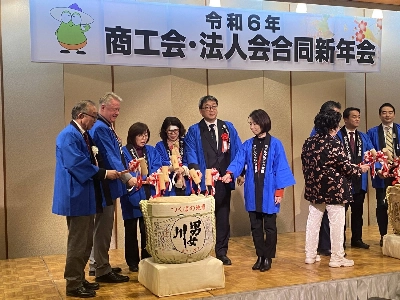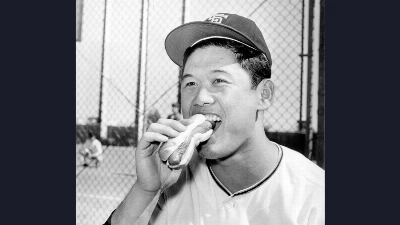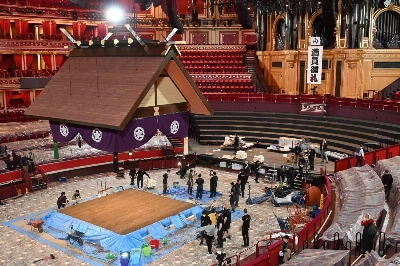
Meta
Winifred Bird
Freelance environmental journalist Winifred Bird writes for publications including The Japan Times, Dwell, and the Christian Science Monitor. Originally from San Francisco, she lives in rural Nagano Prefecture with her husband, dog and flock of ducks.
Aug 22, 2010
Jun 27, 2010
May 30, 2010
May 30, 2010
Jan 17, 2010
Nov 29, 2009
Nov 29, 2009
Aug 23, 2009
May 15, 2009
Mar 22, 2009
































